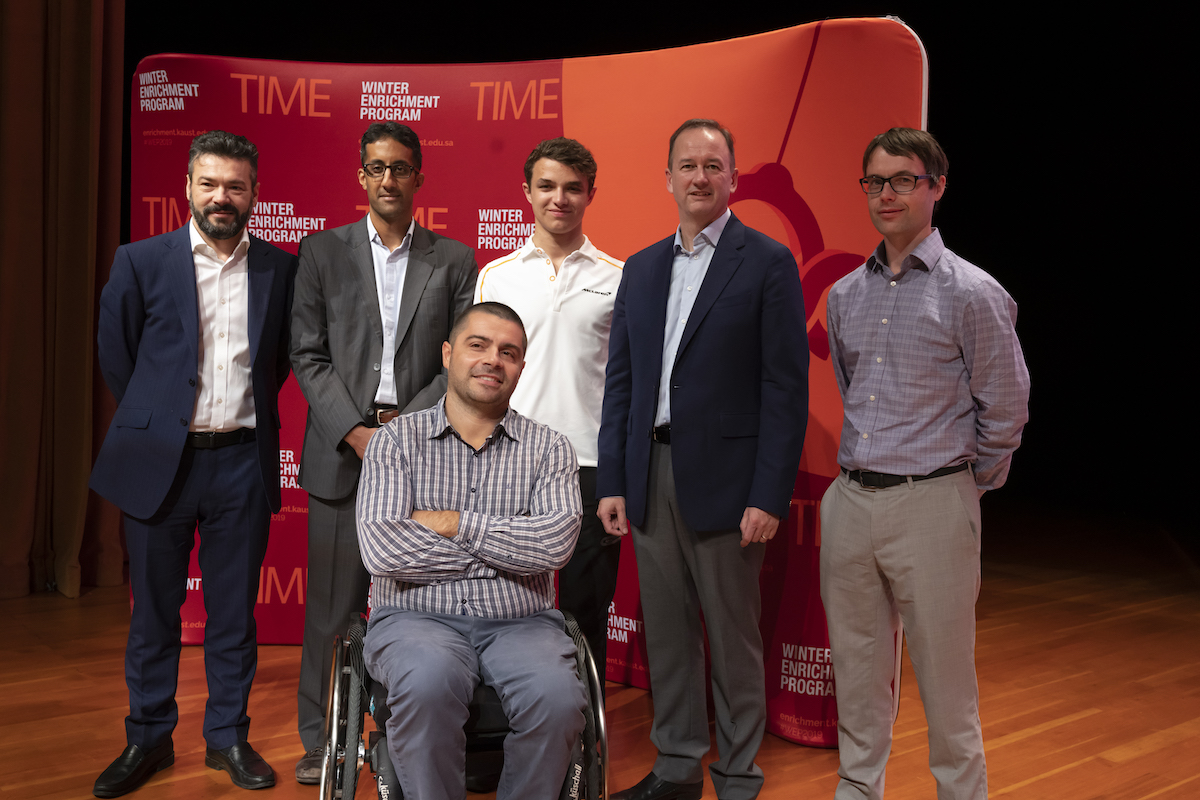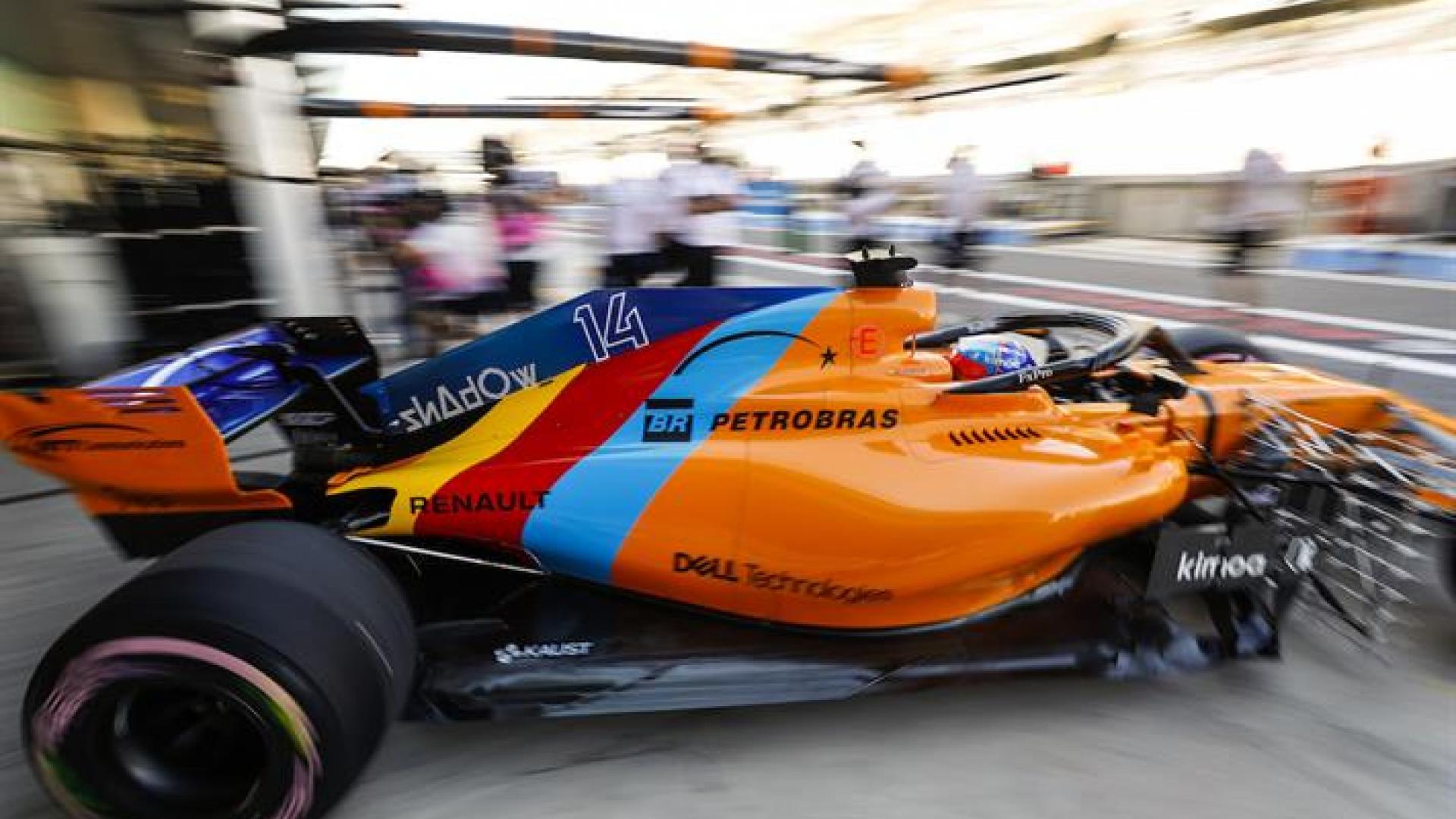The theme of the University's 2019 Winter Enrichment Program (WEP) was "time." It represented an opportune moment for KAUST to welcome members of the McLaren Group to campus to discuss the recently signed extreme performance research partnership between KAUST and McLaren.
"Undoubtedly, McLaren is in the business of time," said Jonathan Neale, chief operating officer at the McLaren Group.
Speaking as part of a WEP 2019 keynote lecture, Neale highlighted that McLaren Racing and McLaren Technology Group have one thing in mind: performance.
"Great teams and championships are made on great partnerships," he said. "We're looking to take leading-edge thinking, the kind of work that's being done here [at KAUST, and]...apply it and make it real in a very short period of time."
"We're very excited by this partnership. It really opens up a lot of avenues," added Mark Barnett, head of strategy at McLaren Racing. "The KAUST-McLaren partnership provides McLaren with access to KAUST's world-leading researchers and facilities. In return, McLaren can provide real-world applications within one of the world's most demanding test environments to prove out those technologies."
The pressure of time
The world of Formula 1 racing is a technologically driven and demanding environment. One of the things differentiating it from other motorsport series is that racing teams must own and create their own intellectual property. Every car is a representation of the team's own research and development program set against a specific set of regulations from the Fédération Internationale de l'Automobile (FIA) governing body.
Every car on the grid must have 110 kilos of fuel from the start to the end of the race. The crucial differentiation in determining performance can be found in optimizing the combustion timing of the engine. There's also a mere 4 percent product performance difference between the best and worst racing vehicle on the grid. The top six cars are separated by 0.15 percent product performance.

McLaren F1 driver Lando Norris talks to the KAUST audience as part of a keynote lecture during the 2019 Winter Enrichment Program. File photo.
Adding to the performance pressure, the grid is moving at about 1/10th of a second improvement per lap on the basis of data-driven R&D enhancements fueled by innovations in simulation, modeling, analytics, materials science and lightweight sensors. In the absence of continuous R&D, the top car can become last by the end of the racing season.
"It really is a marginal gains sum here. When we look for continuous improvement in high-speed R&D, we're looking for improvements everywhere and in anything at a rate at which we need to stay ahead of the competition," Neale explained.
Read the full article

